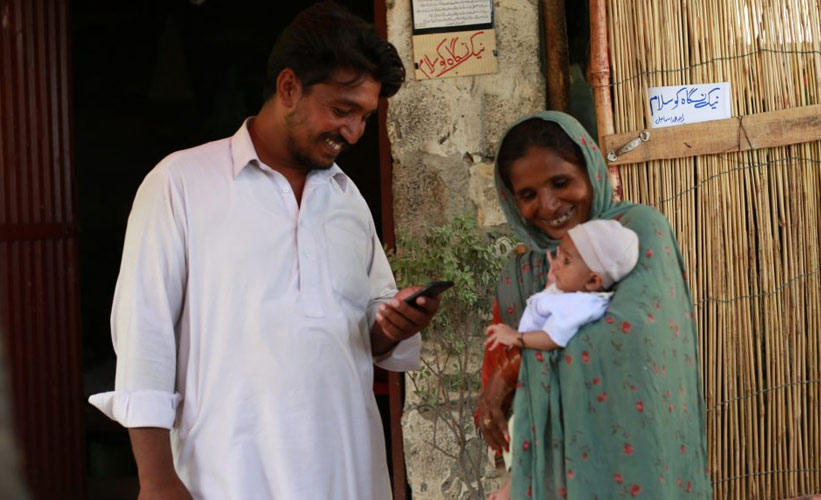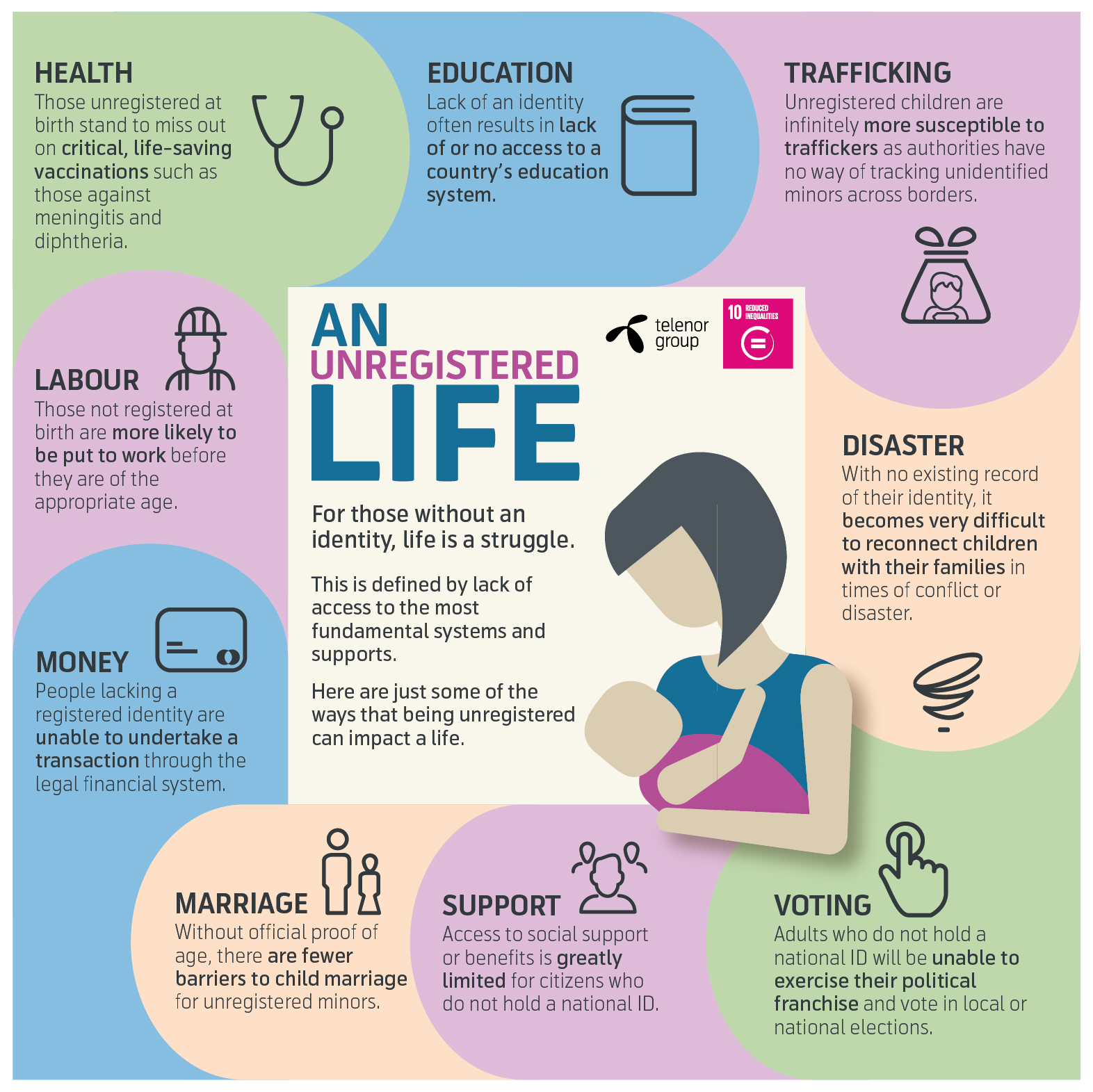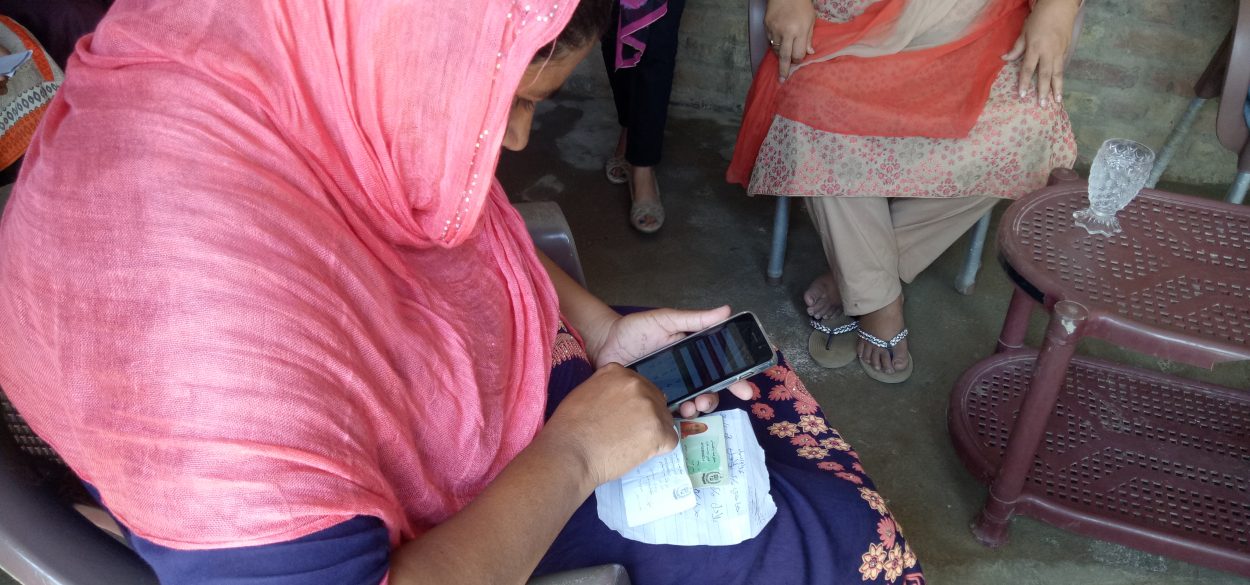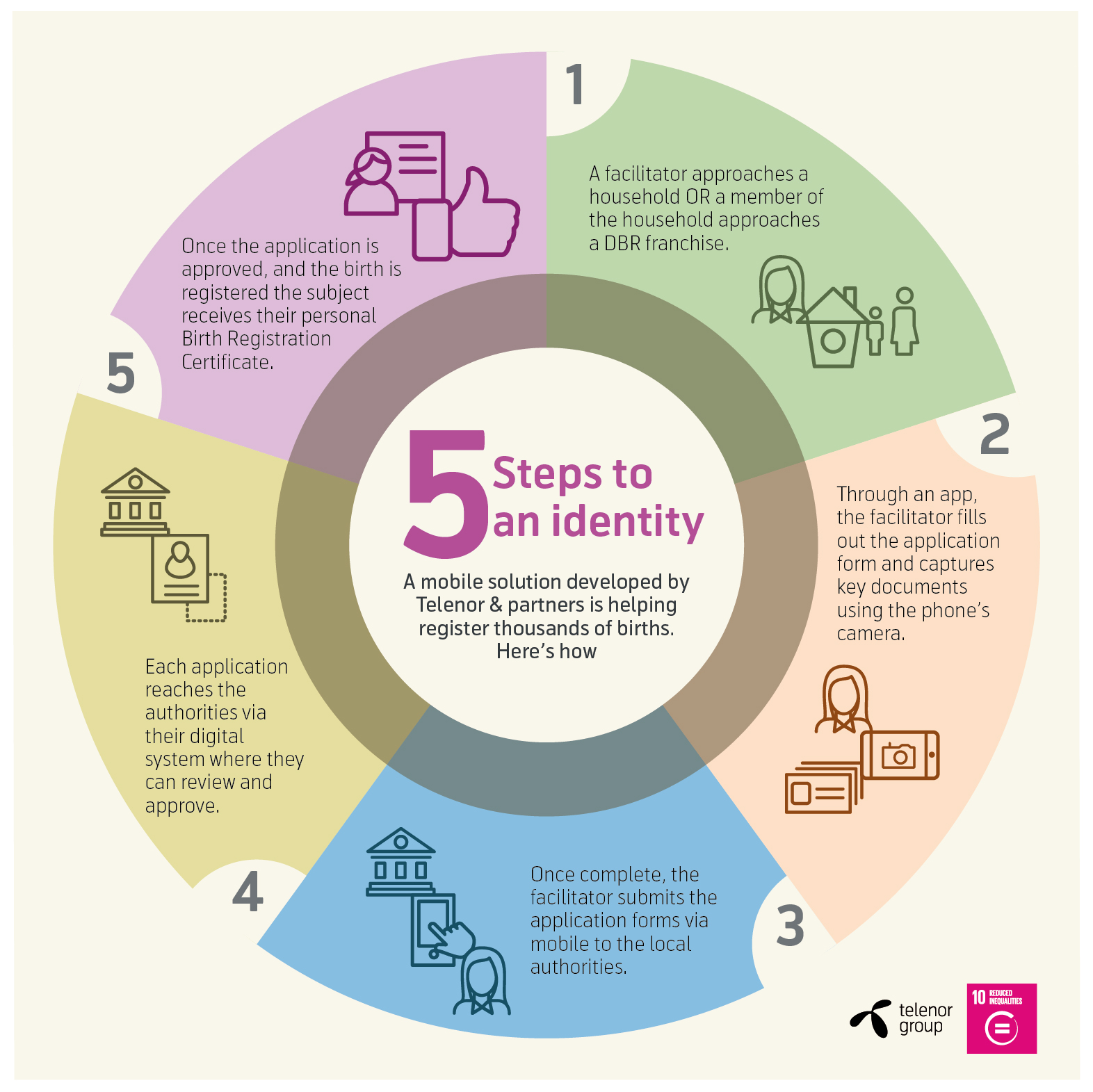Giving Pakistani children an identity

How can mobile technology play a vital part in reducing inequalities? Here’s how Telenor works with partners to provide official identities for Pakistan’s ‘invisible’ children.
Why we need Digital Birth Registration (DBR).
There are approximately 1.1 billion people across the globe who are “invisible. They were not registered at birth and lack an official form of identification. Of those, more than one third are children, with the majority living in Asia and Africa. Of the 366 million children who are unregistered in the world, around 60 million live in Pakistan. The problem of low birth registration rates in Pakistan is due to a combination of social and economic factors. In many areas, registering a birth can be difficult, in some cases nearly impossible – especially for children born at home, in remote locations, or in displacement.

The ability to prove one’s identity is crucial to social, political and economic inclusion and enables greater access to basic services such as healthcare and education. It’s also a child’s passport to protection against underage labour, child marriages and trafficking. It also protects children from being treated as adults in the justice system and helps them reconnect with families in times of conflict and disaster. Typically, birth registration is a prerequisite to obtaining a birth certificate, which in Pakistan is needed for issuing national identity cards, passports and in some provinces, school enrolment. On the other hand, government also needs birth data to deliver socio-economic services such as planning healthcare and new schools.

What: a first-of-its-kind
Digital Birth Registration is a combination of the efficiency, outreach and ease that technology brings, along with the legal and policy requirements of registering a child in Pakistan. It’s not about reinventing the wheel, but about improving the existing birth registration processes through the introduction of mobile technology.
Telenor Pakistan, together with UNICEF and the Governments of Punjab and Sindh provinces, believed that the increased adoption of mobile phones in Pakistan could offer a solution to enable a higher number of birth registrations.
How mobile enables DBR
In 2014, a first-of-its-kind pilot was launched with a simple solution. An app developed by Telenor Pakistan was put in the hands of authorised personnel, including health workers, marriage registrars and at Telenor distribution points. The health workers and marriage registrars moved from house to house as part of their regular responsibilities, while Telenor distribution centres served as point of contact for the community's mobile-related needs. These authorised personnel reported birth-related data along with required documentation directly to the approving authority via the app. A dashboard solution is also available to government authorities to monitor progress.
The pilot phase resulted in an increase in birth registration from 30 per cent to 90 per cent during just six months, and nearly 50 per cent of the registered children were girls.
